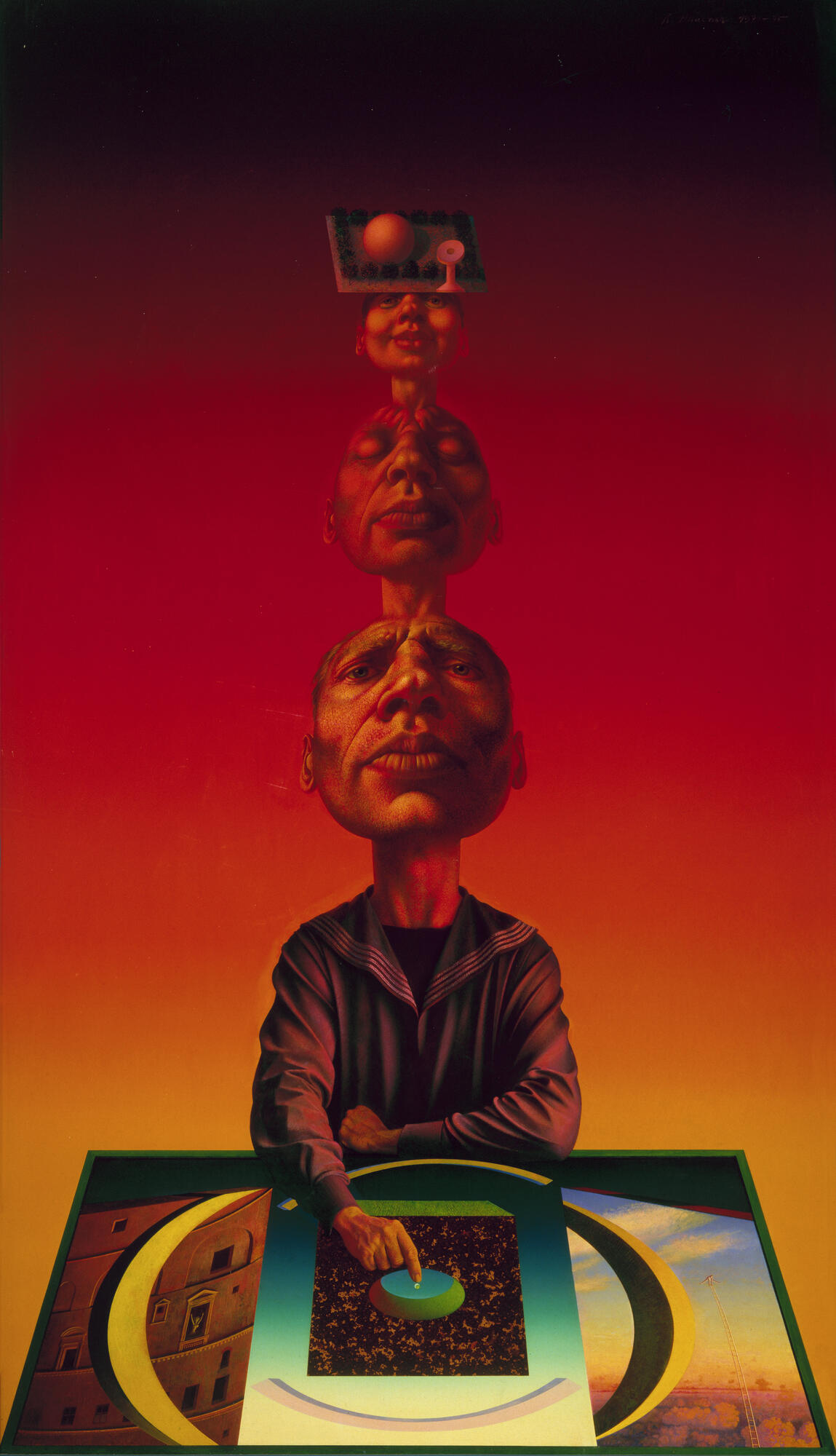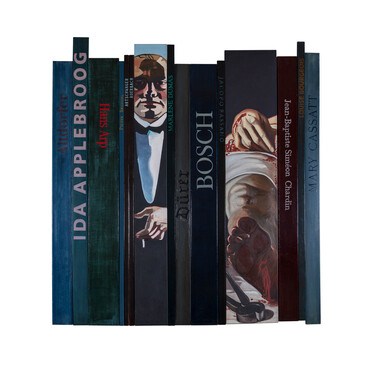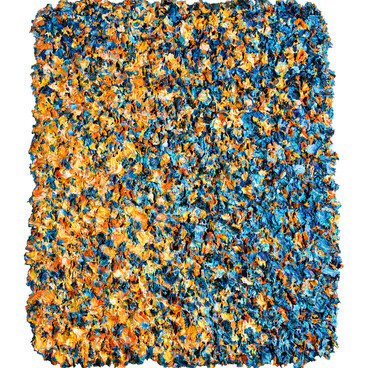“Adam’s Three Selves” from the collection of the Russian Museum was painted by an Austrian artist Rudolf Hausner in 1974–1975. It is part of a series of his works depicting Adam — the first man created by God.
Rudolf Hausner was born in Vienna in 1914. He studied at the Academy of Fine Arts from 1931 until 1936 when he was enlisted into the Austrian army. In 1941, he was drafted into the Wehrmacht and served until the end of World War II, later assigned to an air defense unit.
After the war, Rudolf Hausner returned to Vienna and started to work as an artist. During that period, he was interested in Surrealism — a movement in painting and literature that uses allusions, associations, and paradoxical images. Together with Ernst Fuchs, Edgar Jené, and Wolfgang Hutter, he founded an Austrian surrealist group.
In 1959, Rudolf Hausner founded the Vienna School of Fantastic Realism. It included his old surrealist group members such as Ernst Fuchs whose works were also exhibited at the State Russian Museum in 1993.
The Vienna School artists were interested in subject matters that combined religious and esoteric symbolism with elements of psychoanalysis — the theory of Sigmund Freud that explains the unconscious motives of human behavior.
Rudolf Hausner created a series of works studying the biblical image of Adam, the first man. In “Adam’s Three Selves”, Hausner depicted his own facial features in the portrayal of Adam. This is why many art experts consider it to be a self-portrait. In that way, Hausner studied his inner self, his own personality.
The vertical composition consists of three faces which stand for the three states of consciousness. The upper face is a child that symbolizes the initial point, the beginning of life. Below are two other stages. The one with closed eyes represents a sleeping mind, and the last one — a conscious mind.
Following Freud, Hausner believed that both the conscious and unconscious processes are important, and together they provide a better understanding of one’s personality. Sleep is a state of unconsciousness that reveals repressed fantasies, conflicts, and fears. When the mind is conscious, on the other hand, people are aware of their behavior and can control their actions.
Rudolf Hausner was born in Vienna in 1914. He studied at the Academy of Fine Arts from 1931 until 1936 when he was enlisted into the Austrian army. In 1941, he was drafted into the Wehrmacht and served until the end of World War II, later assigned to an air defense unit.
After the war, Rudolf Hausner returned to Vienna and started to work as an artist. During that period, he was interested in Surrealism — a movement in painting and literature that uses allusions, associations, and paradoxical images. Together with Ernst Fuchs, Edgar Jené, and Wolfgang Hutter, he founded an Austrian surrealist group.
In 1959, Rudolf Hausner founded the Vienna School of Fantastic Realism. It included his old surrealist group members such as Ernst Fuchs whose works were also exhibited at the State Russian Museum in 1993.
The Vienna School artists were interested in subject matters that combined religious and esoteric symbolism with elements of psychoanalysis — the theory of Sigmund Freud that explains the unconscious motives of human behavior.
Rudolf Hausner created a series of works studying the biblical image of Adam, the first man. In “Adam’s Three Selves”, Hausner depicted his own facial features in the portrayal of Adam. This is why many art experts consider it to be a self-portrait. In that way, Hausner studied his inner self, his own personality.
The vertical composition consists of three faces which stand for the three states of consciousness. The upper face is a child that symbolizes the initial point, the beginning of life. Below are two other stages. The one with closed eyes represents a sleeping mind, and the last one — a conscious mind.
Following Freud, Hausner believed that both the conscious and unconscious processes are important, and together they provide a better understanding of one’s personality. Sleep is a state of unconsciousness that reveals repressed fantasies, conflicts, and fears. When the mind is conscious, on the other hand, people are aware of their behavior and can control their actions.



